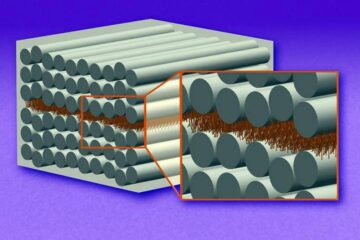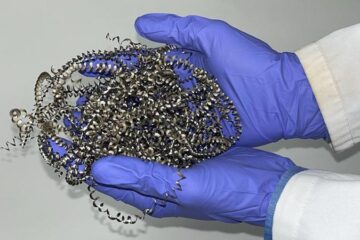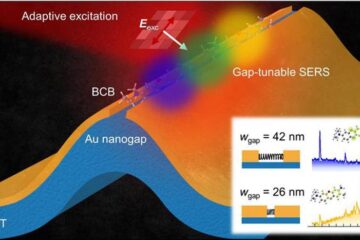University of Portsmouth develops DNA switch to interface living organisms with computers

The new technology is called a ‘nanoactuator’ or a molecular dynamo. The device is invisible to the naked eye – about one thousandth of a strand of human hair.
The DNA switch has been developed by British Molecular Biotechnology expert Dr Keith Firman at the University of Portsmouth working in collaboration with other European researchers.
Dr Firman and his international team have been awarded a €2 million (£1.36m) European Commission grant under its New and Emerging Science ad Technology (NEST) initiative to further develop this ground-breaking new technology.
But the DNA switch has immediate practical application in toxin detection, and could be used in a biodefence role as a biological sensor to detect airborne pathogens.
The future applications are also considerable, including molecular scale mechanical devices for interfacing to computer-controlled artificial limbs.
‘The possibilities are very exciting. The nanoactuator we have developed can be used as a communicator between the biological and silicon worlds,’ Dr Firman said.
‘I could see it providing an interface between muscle and external devices, but it has to be pointed out that such an application is still 20 or 30 years away.’
The molecular switch comprises of a strand of DNA anchored in a miniscule channel of a microchip, a magnetic bead, and a biological motor powered by the naturally occurring energy source found in living cells, adenosine triphosphate (ATP).
These elements working together create a dynamo effect which in turn generates electricity. The result is a device that emits electrical signals – signals that can be sent to a computer. The switch, therefore, links the biological world with the silicon world of electronic signals.
The nanoactuator has been patented by the University of Portsmouth, and a patent application for the basic concepts of biosensing is pending.
Media Contact
More Information:
http://www.port.ac.ukAll latest news from the category: Information Technology
Here you can find a summary of innovations in the fields of information and data processing and up-to-date developments on IT equipment and hardware.
This area covers topics such as IT services, IT architectures, IT management and telecommunications.
Newest articles

“Nanostitches” enable lighter and tougher composite materials
In research that may lead to next-generation airplanes and spacecraft, MIT engineers used carbon nanotubes to prevent cracking in multilayered composites. To save on fuel and reduce aircraft emissions, engineers…

Trash to treasure
Researchers turn metal waste into catalyst for hydrogen. Scientists have found a way to transform metal waste into a highly efficient catalyst to make hydrogen from water, a discovery that…

Real-time detection of infectious disease viruses
… by searching for molecular fingerprinting. A research team consisting of Professor Kyoung-Duck Park and Taeyoung Moon and Huitae Joo, PhD candidates, from the Department of Physics at Pohang University…





















